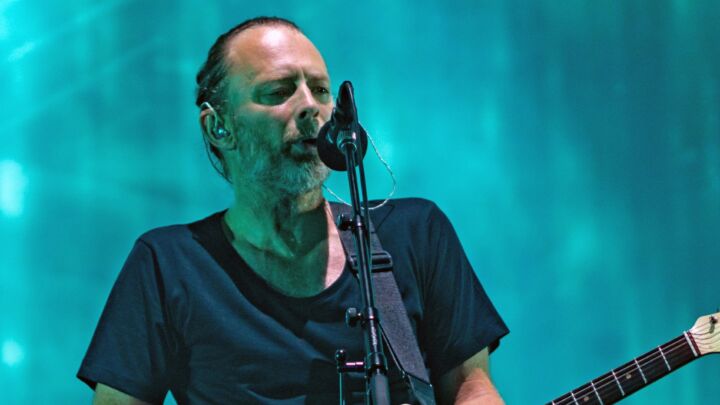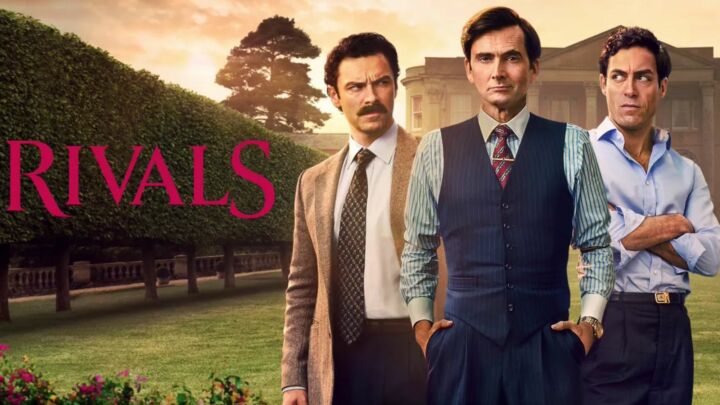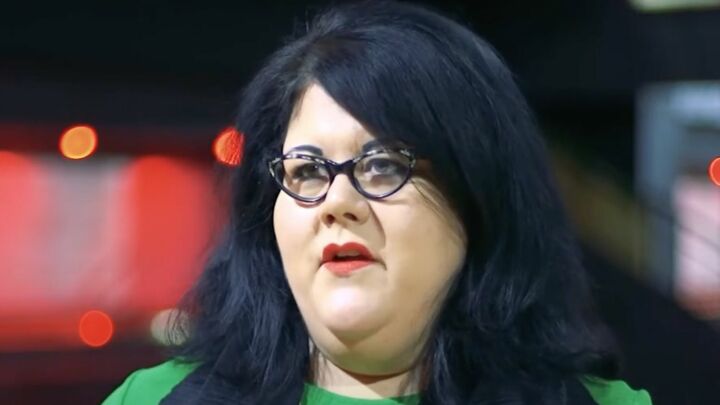What has happened to art criticism?
The critic is becoming a dandified copywriter, producing 'beautiful writing about beautiful objects and their beautiful makers’.

Want to read spiked ad-free? Become a spiked supporter.
Critics have been talking about the ‘crisis in art’ for some time now. But is the crisis really in art, or in critics’ inability to judge and analyse art?
Introducing his 1986 essay ‘The end of art theory’, Victor Burgin reflected back on a 1978 conference at London’s Institute for Contemporary Arts (ICA), which was billed as ‘a response to the crisis in British art’. ‘I never did learn what the “crisis in British art” was; nor, I suspect, did anyone else’, writes Burgin. ‘In retrospect…I see the ICA event, the brainchild of three British art critics, as a textbook example of what psychoanalysis terms projection: the crisis sensed by these critics was not in “art” but in criticism itself.’ (1) Psychobabble aside, Burgin has a point.
That art critics perceived a crisis in art reflected the emerging rupture between conservative and radicalised art and criticism. If you saw a crisis it was because the terms you valued had lost the authority they once enjoyed. If, like Burgin, you happened to be on the side of the post-modernist theorising that took over the academy in the 1980s, there was no crisis to be seen.
Twenty-five years later, the dispute is still going on. In the UK the debate recently took shape in a series of articles in Art Monthly. Denying that there was anything wrong with art today, critic Michael Archer started things off with the dull edict that ‘what is there is what needs to be looked at’, and concluded by saying that if art ‘fails to meet up to expectations, there’s an even chance that it’s the expectations that are misplaced’. Art criticism, it seems, should learn not to expect too much of art (2).
A similar position was expressed by artist and writer Matthew Arnatt, who claimed to be tired of the ‘eruptive, hormonal denouncing of contemporary art and criticism linked to the demand for change’. Instead, he preferred criticism to be ‘maturely conscious of failings and uncomfortable about being generally or brilliantly oppressive’ (3).
It’s clear that no one can much agree on any clear mission for ‘art writing’, criticism, or the role of the critic. But while neither Archer nor Arnatt have much taste for writing that imposes any requirement on art to be other than it is, agenda-driven, transformative criticism is also sounding increasingly out-of-step in a cultural climate where the notion that anything can be improved through critical intervention is met with indifference. It seems that the intellectual and political conditions in which contemporary art now exists are in danger of making writing about it dysfunctional.
There has been a severe and pessimistic attenuation of what critics today believe their activity can achieve. Even in the gloomy late 1970s, the crisis in criticism was only over which theoretical or political approach to art was better. The nostalgic title of the British art critic Richard Cork’s recent anthology of his writing from the period was ‘Everything Seemed Possible’ (4). That the theorisation and criticism of art was possible, desirable and necessary was an assumption held by all participants of the ICA conference, regardless of their aesthetic or political affiliations.
By contrast, the arguments today are no longer over whether one view of art is better than any other. Rather, the argument has turned on what should be the most ‘appropriate’ relationship between a writer, his writing and the work of art. Instead of a discussion about the desirable future of art and culture, we’re presented with the cautious ethics of the responsible critic.
The worries of Archer and Arnatt are symptomatic of writers who have little involvement in anything beyond the individuated, professionalised act of mediating between art and readers. Without a broader purpose underpinning the activity of addressing art, and its exchanges with culture and society, it’s not hard to see how writing about art starts to turn inwards, holding up its banal prerequisites – looking at art, stringing words together and acknowledging your reader – as if they were the essence of its being.
This is a global debate. While Archer was asking ‘Crisis? What crisis?’, the journal Art in America ran Raphael Rubinstein’s article ‘A quiet crisis’, which probed the lack of critical public dialogue accompanying the ever-expanding world of contemporary art. Rubinstein’s contrasted contemporary painting’s booming success with the absence of discussion about artistic value:
‘…new artists emerge, new bodies of work are shown, countless group exhibitions are touted as revelatory, to strangely little consequence.… No one articulates the grounds on which certain artists become famous and others are marginalized…. Instead, everything seems to happen without explanation, as if the realm of contemporary art were simply following the rule of some natural order. There’s no need to spell things out in today’s art world, and in any case, value judgments are so yesterday.’ (5)
Rubinstein is right that the vexed question of value judgment lies beneath the current trouble over art criticism. It’s the uncertainty about the cultural purpose of evaluation, of the deployment of criticism to form consensus through public argument, and even of the notion of a coherent public sphere at all, that forms the black hole into which all collapses. In the American context, these questions are seen in terms of the current stagnation of identity politics as a political and cultural force. In the American art journal October recently, Suzanne Perling Hudson paralleled the conservative backlash against identity politics art, with the renewal of critical interest in ideas of beauty and aesthetic affirmation (6). The rise of beauty, Hudson suggests, ‘fills the spaces left vacant in the evacuation of strident critical activity’.
It’s the moribund institutionalisation of postmodernism’s ‘strident critical activity’ that provides the conditions for the recent rise of ‘art writing’. The slip of terminology from ‘art criticism’ to mere ‘art writing’ in recent years is symptomatic of a growing indifference to writing’s polemic potential. As the old veterans of October‘s round table were still sharp enough to note, the breakdown of writing as a critical intervention in how art is given value has, in the past decade, gone hand in hand with the emergence of a privatised, ‘belletristic’ form of art writing. This writing is concerned with the author’s subjective impressions or immediate sentiments, relentlessly affirmative in tone, passively accepting what the art world decides to offer for its attention (again, ‘what is there is what needs to be looked at’, neither more nor less) (7).
‘Art writing’ is sign of increasing introspection, attending to art as if it were an immovable cultural phenomenon for which art writing should provide a complimentary service of sensitive interpretation. It is of course synonymous with the commercial art writer’s horizons; in a market driven by fashion rather than open enquiry and debate, the art writer is a dandified copy-writer whose job is to produce, as Hudson puts it, ‘beautiful writing about beautiful objects and their beautiful makers’, their value already determined by others. Such writing, pandering to the unreflective cultural sensibilities of writer and reader, avoids conflict over what constitutes good, interesting or worthwhile art.
The art world’s weary disinclination to engage in an open discussion about the art it promotes, leads to a situation in which contingent, partisan evaluations occur as if by magic. Rubinstein’s apprehension that ‘everything seems to happen without explanation’ evokes a situation in which evaluative choices within art institutions, while still a necessary aspect of their functioning, are increasingly presented as if no one had a hand in the matter. What gets shown sprouts fully-formed as if no discussion were necessary, and art writing is complicit in the passive acceptance of this process.
Art is becoming indistinguishable from lifestyle culture, and the logic of fashion also dominates how art is made visible; with the centred authority of modernist aesthetic criteria long-dead, and post-modernism’s politicised proliferation of criteria equally exhausted, fashion steps in to regulate things with its free market, vaguely democratic aesthetics. After all, if we all like the same art at the same time, then it must be good. After that, who needs criticism?
Such developments in the art world are part of a broader cultural and intellectual impasse. Historically, it is when art’s relation to society is seen as important that a dynamic criticism has emerged. What both modernist and postmodernist criticism had in common, was the assumption that art interacts with a wider world in which it is possible to change things for the better. Of course, that supposes you know what ‘the better’ is; in an epoch where relativism now represses any claim to general truth, the very idea of offering generally valid criticism smacks of overreaching arrogance.
It is these corrosive intellectual trends of the past decade that more than anything diminish art criticism. Postmodernism’s assault on the ‘false’ universalism of modernity has only produced an artificially enforced pluralism, in which critical choice is reduced to the level of unaccountable subjective taste. It is common among art students nowadays, when faced with criticism of their work, to retort, ‘Well, that’s just your opinion’.
Without a broader deliberation of the conditions of cultural value in art, and its relation to the critical questions facing contemporary society, we’re left with the tepid triumph of art writing.
JJ Charlesworth is an art critic and lecturer, and editor of the The Future art magazine. This is an edited version of an ‘The dysfunction of criticism’, originally published in Art Monthly no 269.
(1) This was ‘The State of British Art’, held at the ICA on 10-12 February 1978, organised by Peter Fuller, Richard Cork, John Tagg, and Andrew Brighton. It brought together representatives of the British art world’s divergent political and artistic tendencies. Published in Studio International vol 194, no 989, 1978
(2) ‘Crisis what crisis?’, Michael Archer, Art Monthly, no 264, March 2003
(3) ‘The Middle Distance’, Matthew Arnatt, Art Monthly, no 265, April 2003
(4) Everything Seemed Possible: Art in the 1970s, Richard Cork
(5) ‘A quiet crisis’, Raphael Rubinstein, Art in America, March 2003
(6) ‘Beauty and the status of contemporary criticism’, Suzanne Perling Hudson, October no 104, Spring 2003
(7) ‘The current state of art criticism’, October no 100, Spring 2002
Celebrate 25 years of spiked!
A media ecosystem dominated by a handful of billionaire owners, bad actors spreading disinformation online and the rich and powerful trying to stop us publishing stories. But we have you on our side. help to fund our journalism and those who choose All-access digital enjoy exclusive extras:
- Unlimited articles in our app and ad-free reading on all devices
- Exclusive newsletter and far fewer asks for support
- Full access to the Guardian Feast app
If you can, please support us on a monthly basis and make a big impact in support of open, independent journalism. Thank you.






Comments
Want to join the conversation?
Only spiked supporters and patrons, who donate regularly to us, can comment on our articles.